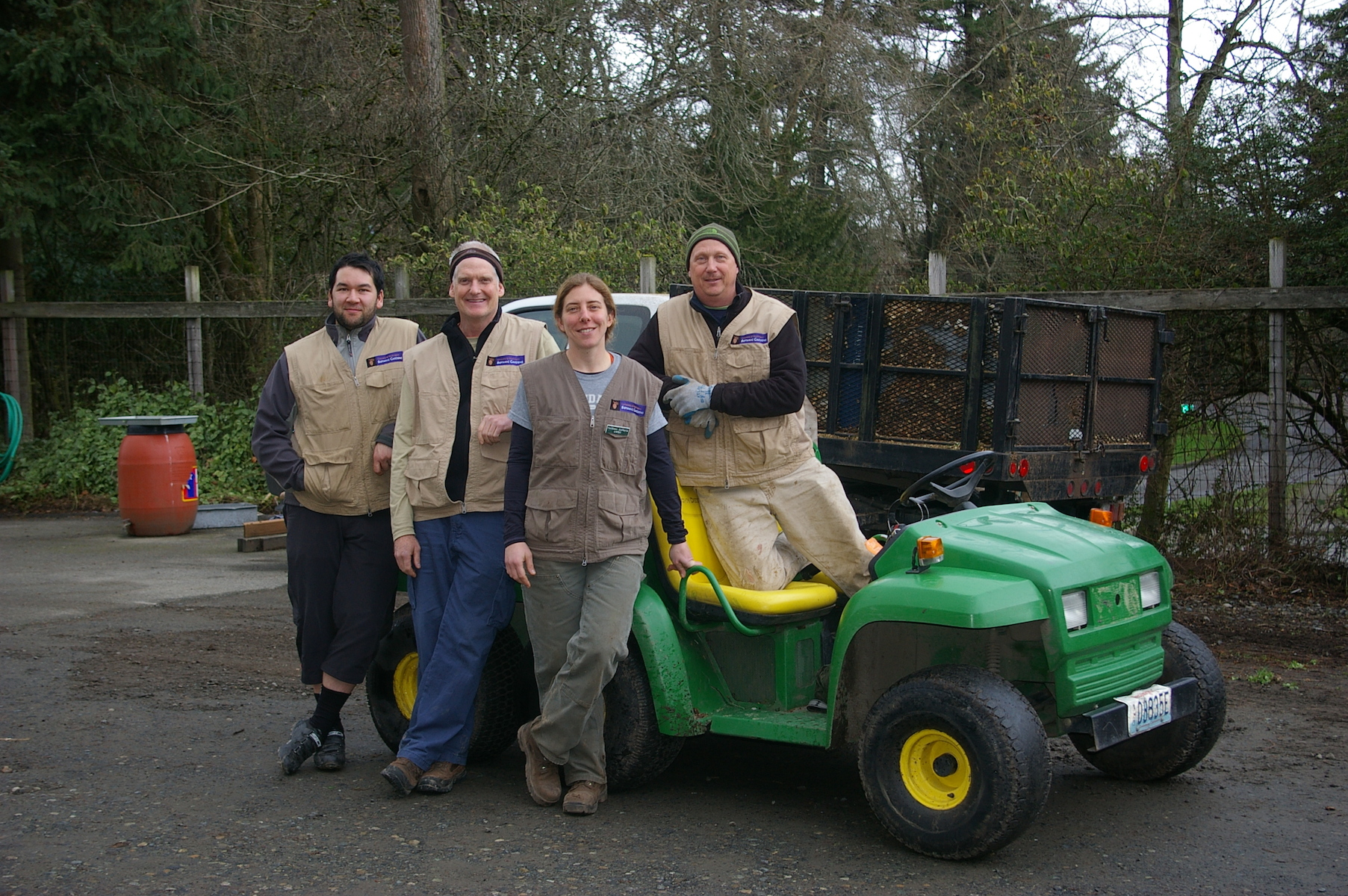This project will compare the utility performance of two different fuel-sourced vehicles at the University of Washington Botanic Gardens’ Washington Park Arboretum (WPA): electric and biodiesel, as well as the carbon footprint of the University of Washington associated with the operation of maintenance utility vehicles. As per the University of Washington Climate Action Plan, reduction of Scope 1 or direct emissions is necessary to keep the university in compliance with Washington State law. Reduction of Scope 1 emissions by the WPA grounds crew (and other UW grounds crews informed by our research) will also help the university achieve its goal of producing zero greenhouse gas emissions by 2050.
The use of University vehicles on the Seattle campus equals 1.48% of CO2 equivalent of scope 1 emissions. These are direct emissions, or pollutants directly originating from real estate or equipment owned by the university; a category of emissions that the university has more ability to control over scopes 2 and 3 emissions. This research will help grounds departments of all three campuses, as well as the WPA, to reduce and potentially eliminate grounds vehicles’ contribution to the university’s greenhouse gas emissions.
Currently, the UWBG horticulture and maintenance staff relies on a mixed fleet of electric and diesel utility vehicles to care for the grounds and plant collections. Recent purchases of electric vehicles have been driven by the desire to reduce the university’s carbon footprint, but often power and usability are compromised in these vehicles causing staff to more frequently rely on diesel power vehicles that contribute to the university’s greenhouse gas emissions. This project will gather data that would inform grounds vehicle purchasing decisions regarding a vehicle that is strong enough for the daily needs of the WPA staff without contributing to the university’s production of greenhouse gas emissions.
